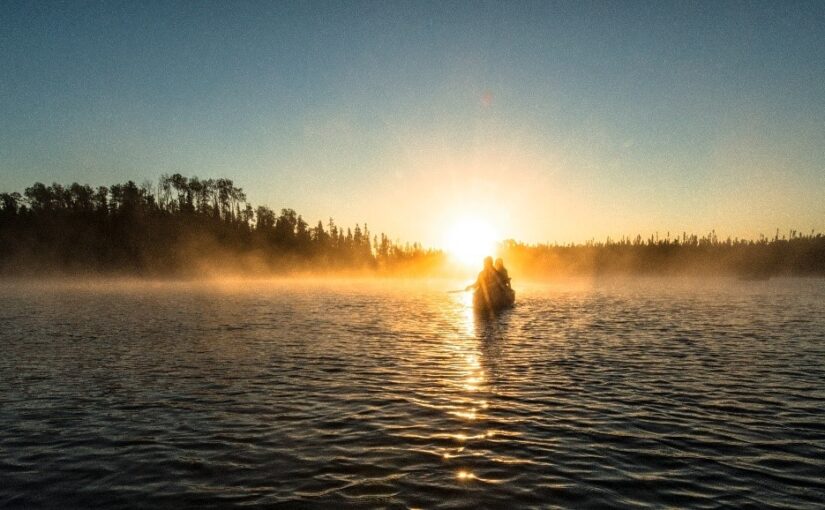Today’s post comes from Sofi Czich, a Canoe Resource Technician at Wabakimi Provincial Park.
Planning a paddling trip during late summer/early fall in Wabakimi will stimulate your senses.
Wabakimi Provincial Park is a wild and raw beauty that will provide an unforgettable experience!
There are a few things to look forward during your paddling trip and also some things to keep in mind.
Early fall colours
Being about 260 km north of Thunder Bay, fall colours arrive a little earlier in September at the park. The days become shorter, the nights a little cooler, and the trees get the signal that it’s time to prepare for winter.
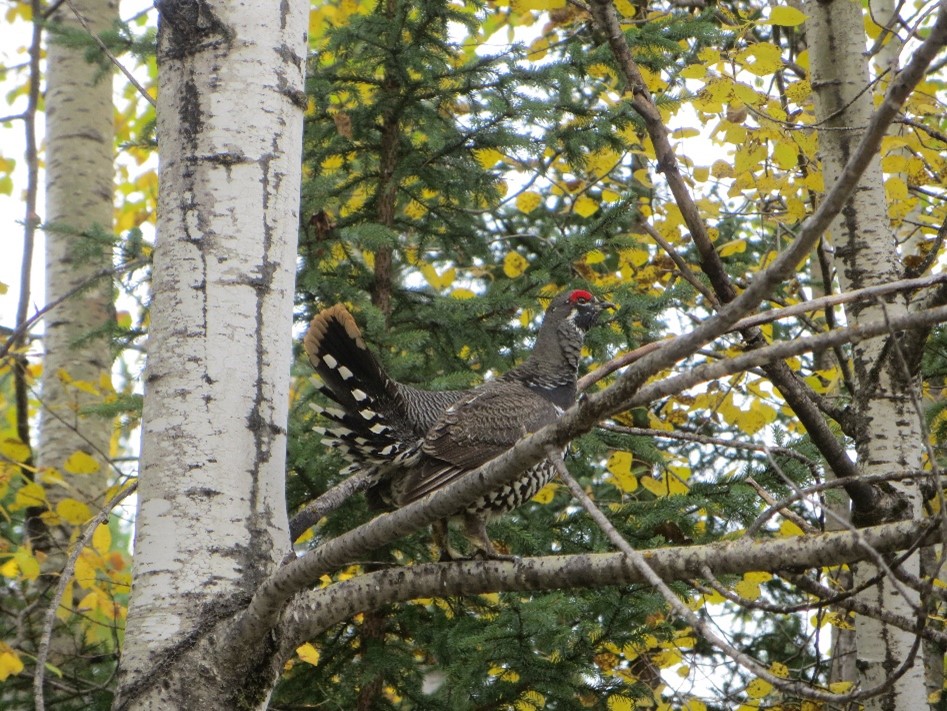
Trembling Aspen, White Birch and Tamarack are the main trees you’ll be looking for to get the beautiful fall display!
If you love the idea of paddling down a lake or river with lots of green and golden yellow colour, dotted with a few oranges and reds at your side, late summer/early fall camping in Wabakimi is perfect for you!
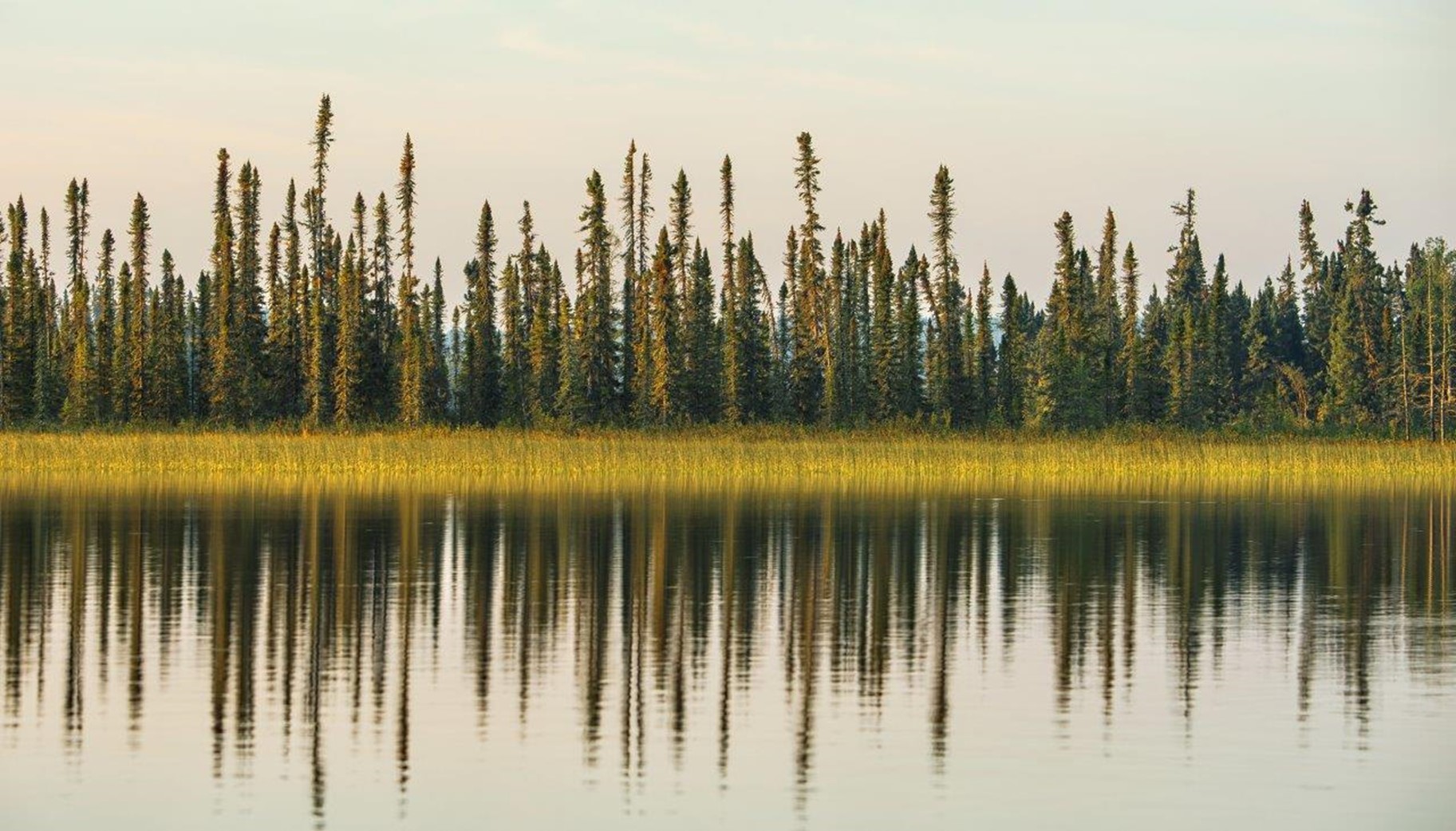
Peace and quiet
Wabakimi Provincial Park at its core is a wilderness park. This means it attracts a specific type of paddler who prefers backcountry travelling.
Being so remote, the park doesn’t often see more than 500 visitors per season. In a park that is 8,920 km2, it is pretty rare that you will run into another paddler while exploring the park.
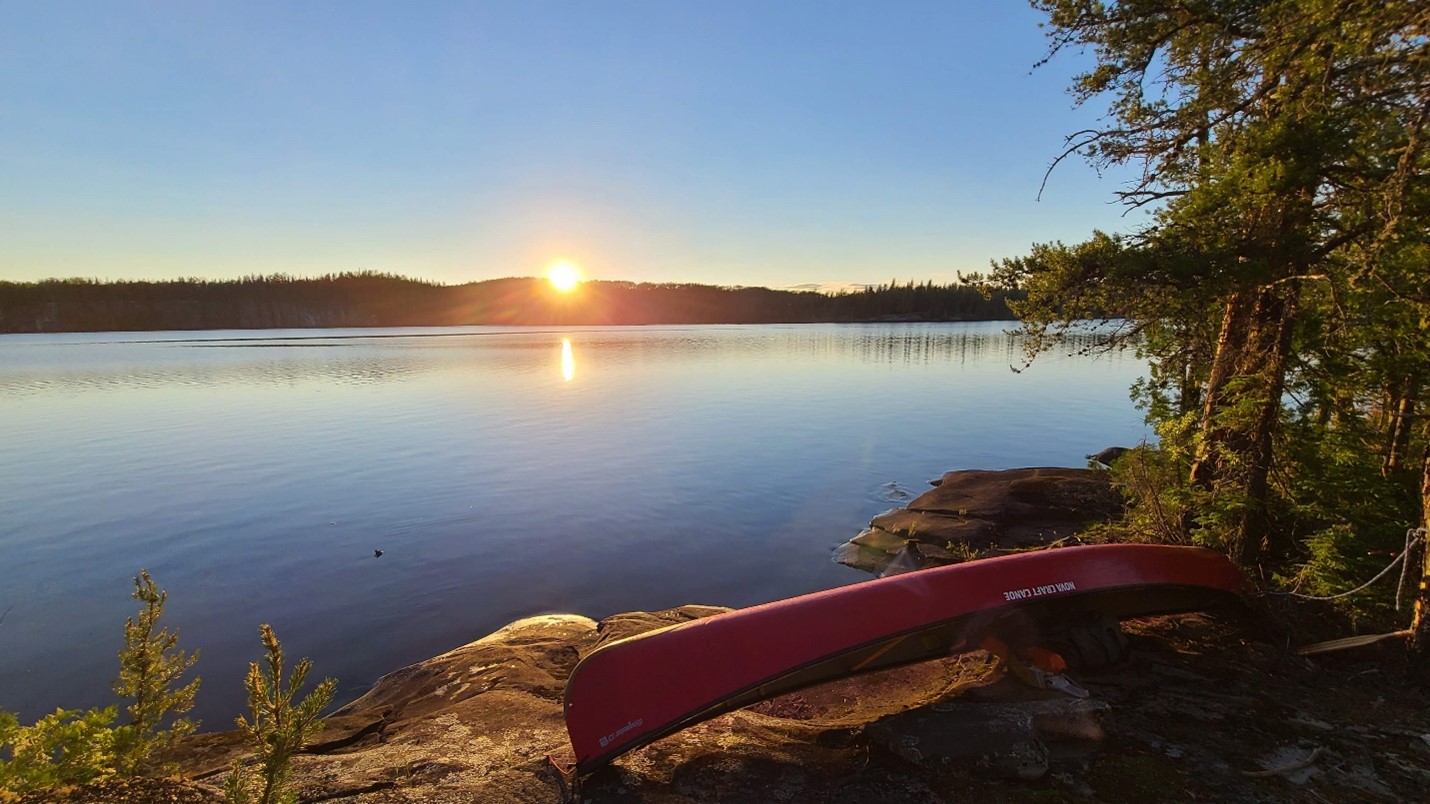
Just after peak summer season, in late summer/early fall there is even a lower chance that you will see someone while you are out, which is appealing to those who are really looking to escape city life and be immersed in the cycles and rhythms of nature.
Keep in mind that this also means you’ll need the appropriate level of backcountry skills to paddle this wilderness park or consider using the services of a local outfitter or guide for your trip.
Sleep easy
When summer is coming to an end and fall is around the bend, the nights become cooler in Wabakimi. Waking up in the middle of the night in a sweat in the summer can be uncomfortable, especially if you just finished a big day of paddling.
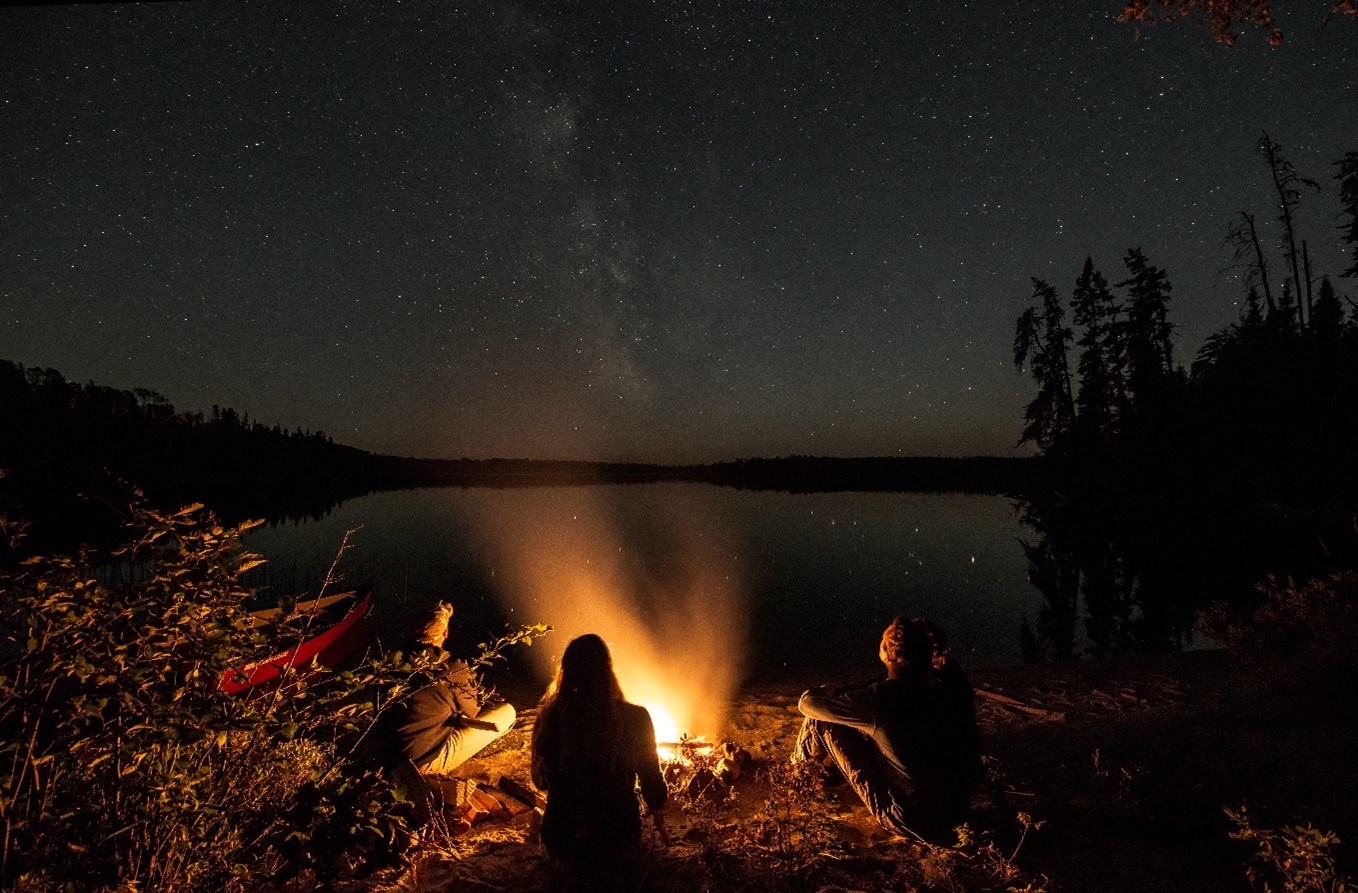
At this time of the year, you can rest assured that you will sleep peacefully at a perfect, cool temperature. The sun still has warmth and will keep you heated during the day but know that when night falls you can pull out your cozy fleece or wool layers and sit around the campfire with your favorite warm beverage. You may even wake up to a frosty morning at this time of year.
Wildlife at this time of year
Just as the trees receive the signals of fall approaching, so do the fish and wildlife in Wabakimi. The birds begin their migration, with up to 130 species coming to nest at the park during the summer months including some Species at Risk like the Olive-sided Flycatcher: considered a species of “special concern.”
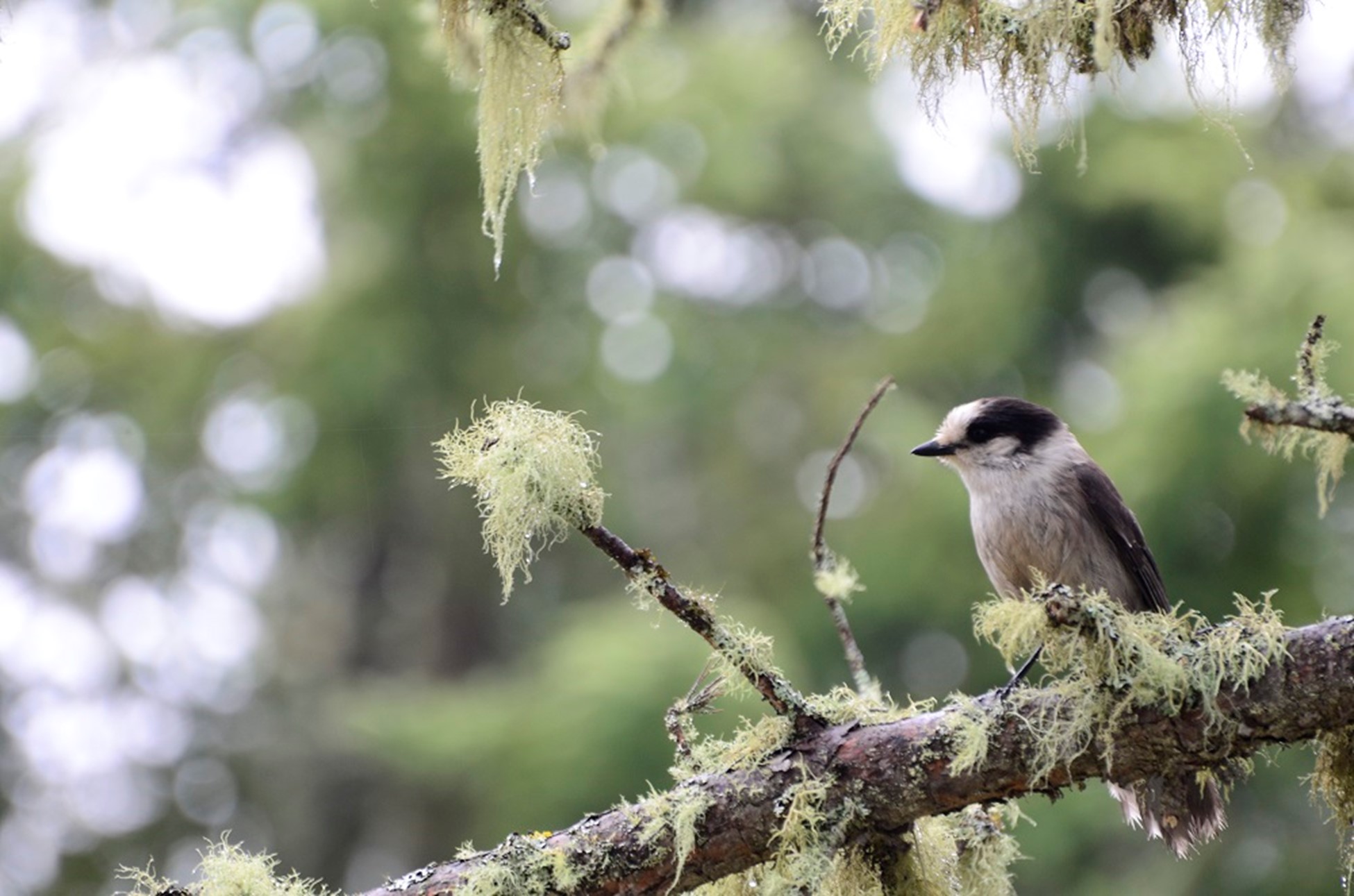
Most birds are beginning to fly south now, leaving only just over a dozen species who are equipped to stay the winter. These winter-ready birds include the Canada Jay, voted the National Bird of Canada by Canadian Geographic.
At this time of the year the fish that have spent the summer months in the cooler, deeper water can now be found closer to the surface and in shallow waters. The Brook Trout are spawning — so be on the lookout for their vibrant red bellies.
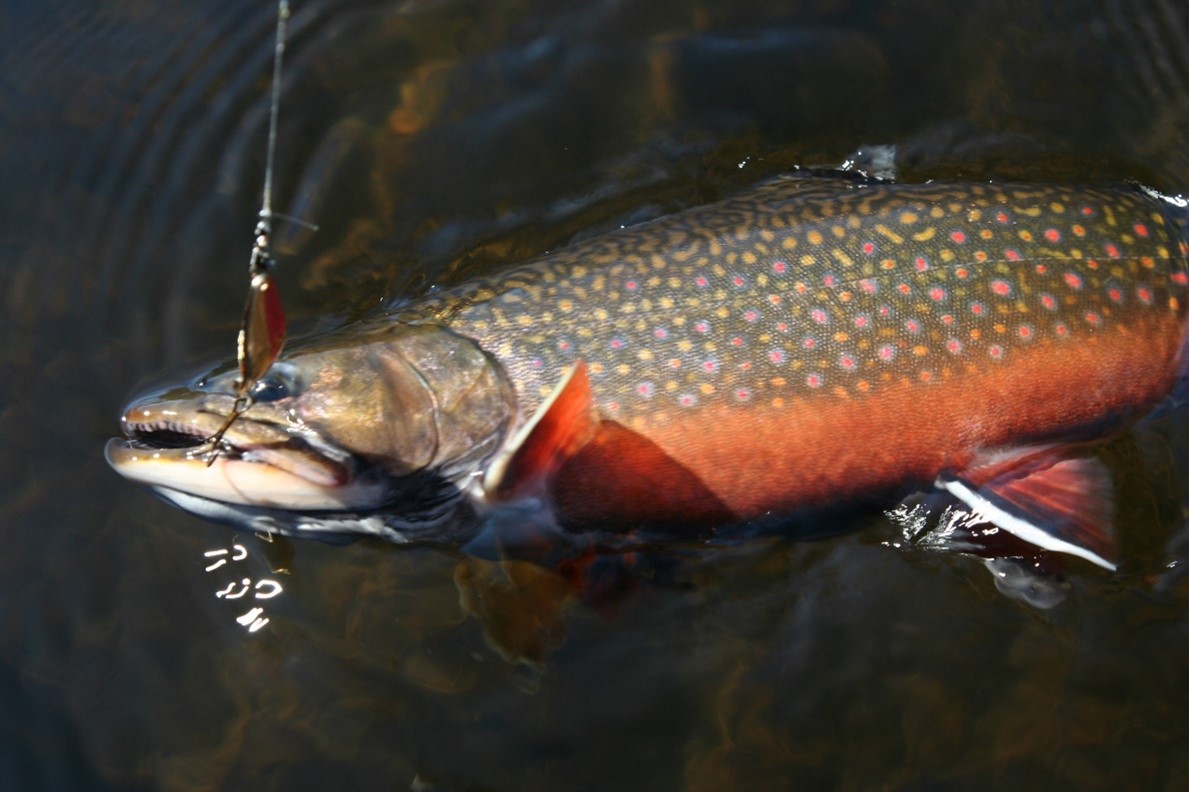
Deer and Moose are nearing their rut with the males at peak antler growth, similarly with Woodland Caribou. Black bears are continuing to eat large amounts of food to prepare for over wintering, which will begin in October.
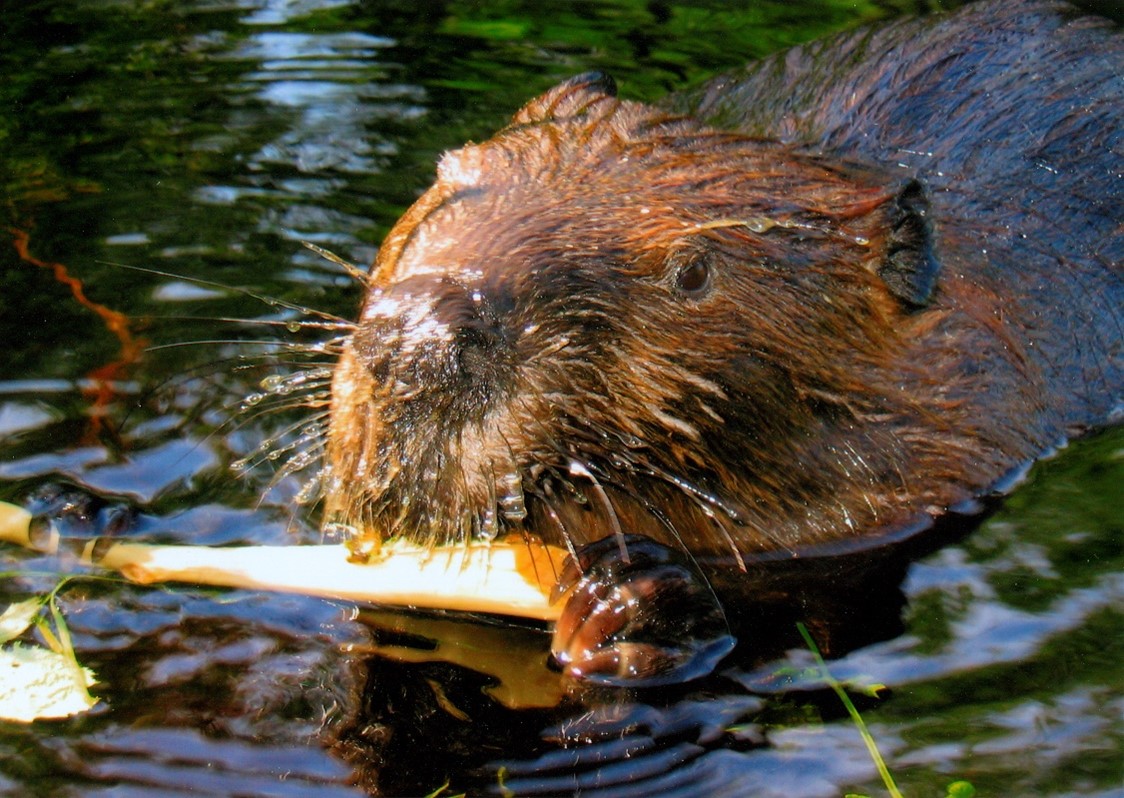
In late summer and early fall beavers begin cutting trees, contributing to their seasonal shift in diet. During your travels, you may be able to view a beaver maintaining an existing lodge or start to build a new one.
Fruit and fungi
While you’re in the park be on the look out for the vibrant red colour of Bog Cranberry, otherwise known as Lingonberry! You’ll find the small red berry before you see the small, green, leathery leaves that alternate from the creeping, low lying stem.
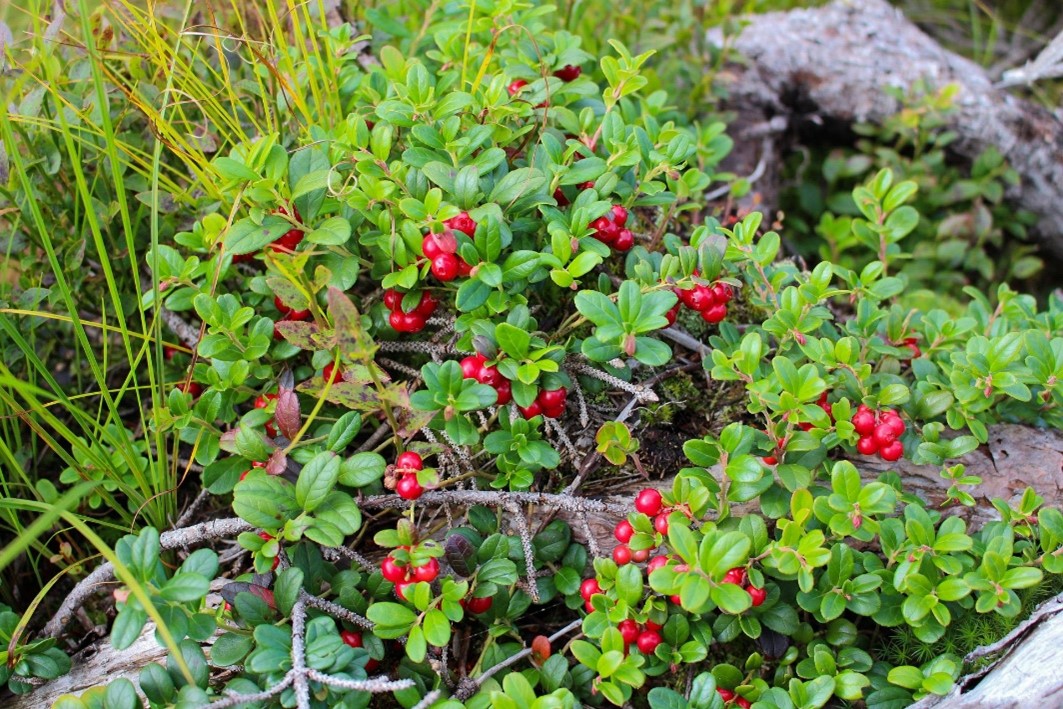
This berry was and still is used by First Nations peoples and is an important fruit, along with blueberries and cloudberries.
Another fruiting body you may find while on the land is the Lobster Mushroom. This fungus is sure to catch your eye, as it has a brilliant orange/red colour.
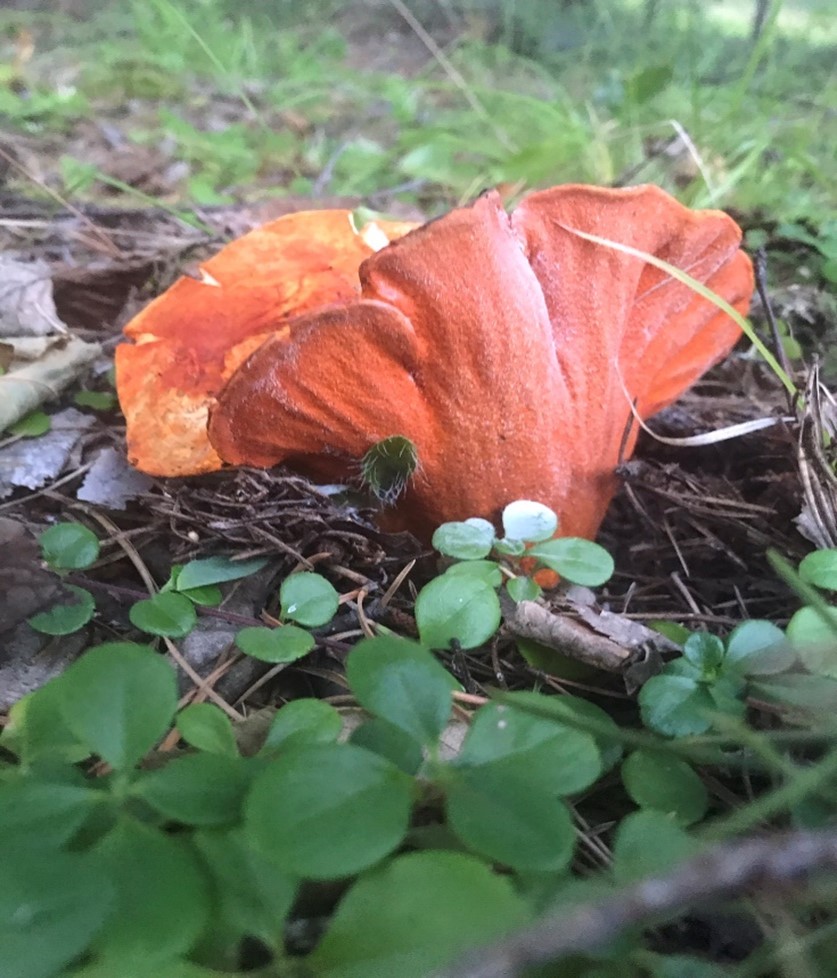
This mushroom is particularly fascinating because it actually infects mushrooms as a parasite and alters not only it’s colour but also texture and taste! Save your curiosity about the flavour for when you get home, though. Foraging in Ontario Parks is not permitted and can threaten the food sources of the animals who call these spaces home.
Show in the sky
Early fall can also be one of the best times of the year to catch the Aurora Borealis in Wabakimi Provincial Park. The dark, clear skies make way for a beautiful display that can be comfortably viewed with a warm layer.
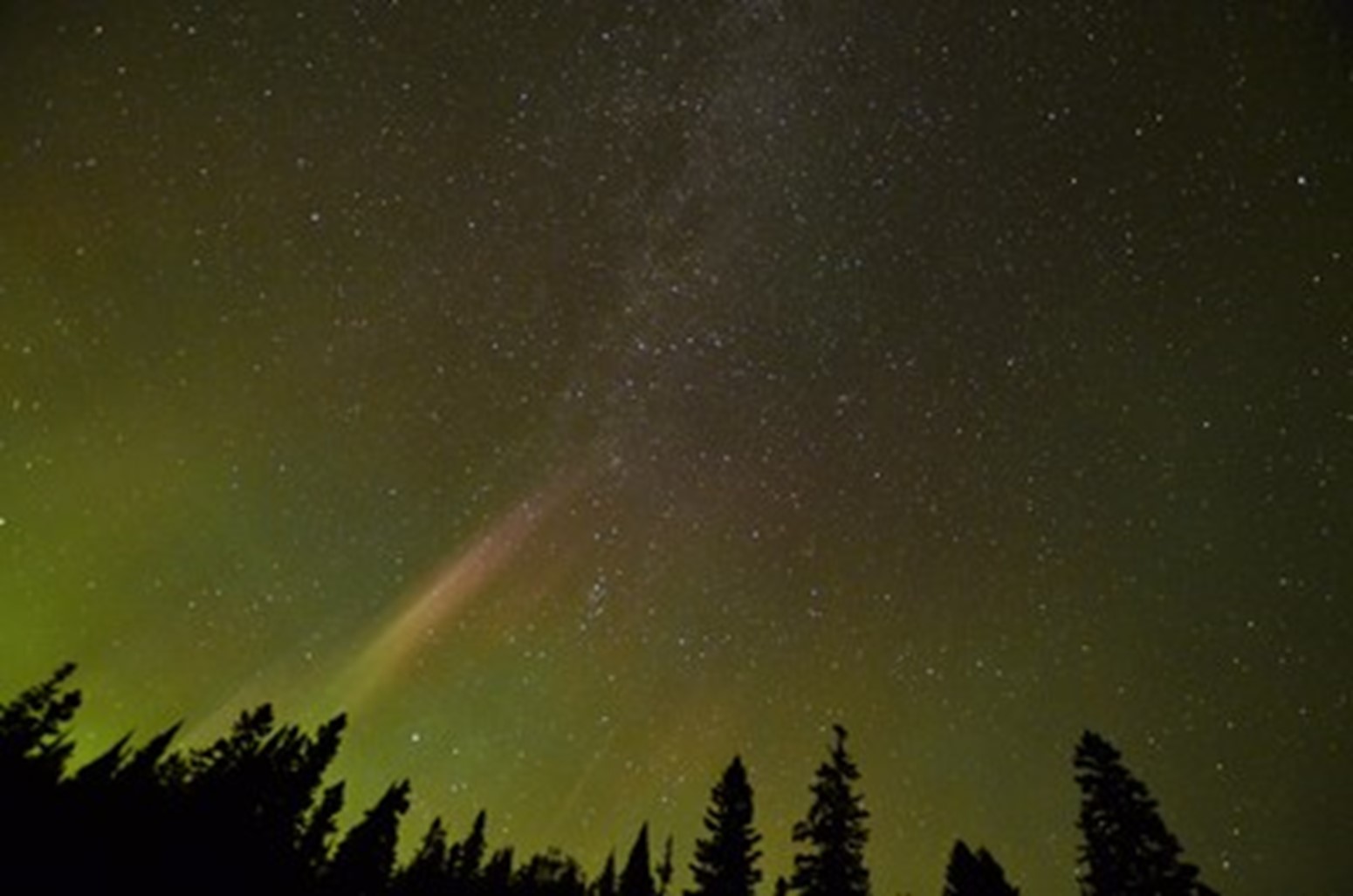
Capturing the Aurora Borealis is a particular pleasure for photographers. The aurora is a natural light show caused by a combination of oxygen, nitrogen, solar wind, and magnetic fields producing 10 million megawatts of luminescent power.
If seeing greens, blues and even purples dancing across the sky excites or even calms you, start planning your trip to Wabakimi Provincial Park!
Recommended travel times
Late summer to early fall trips in Wabakimi are best taken before mid September. After that there can be unexpected storms, adverse weather conditions, frost and potentially snow. Always be prepared when you are going into the backcountry for any length of time. Carry necessary safety equipment and adequate food, as well as clothing.
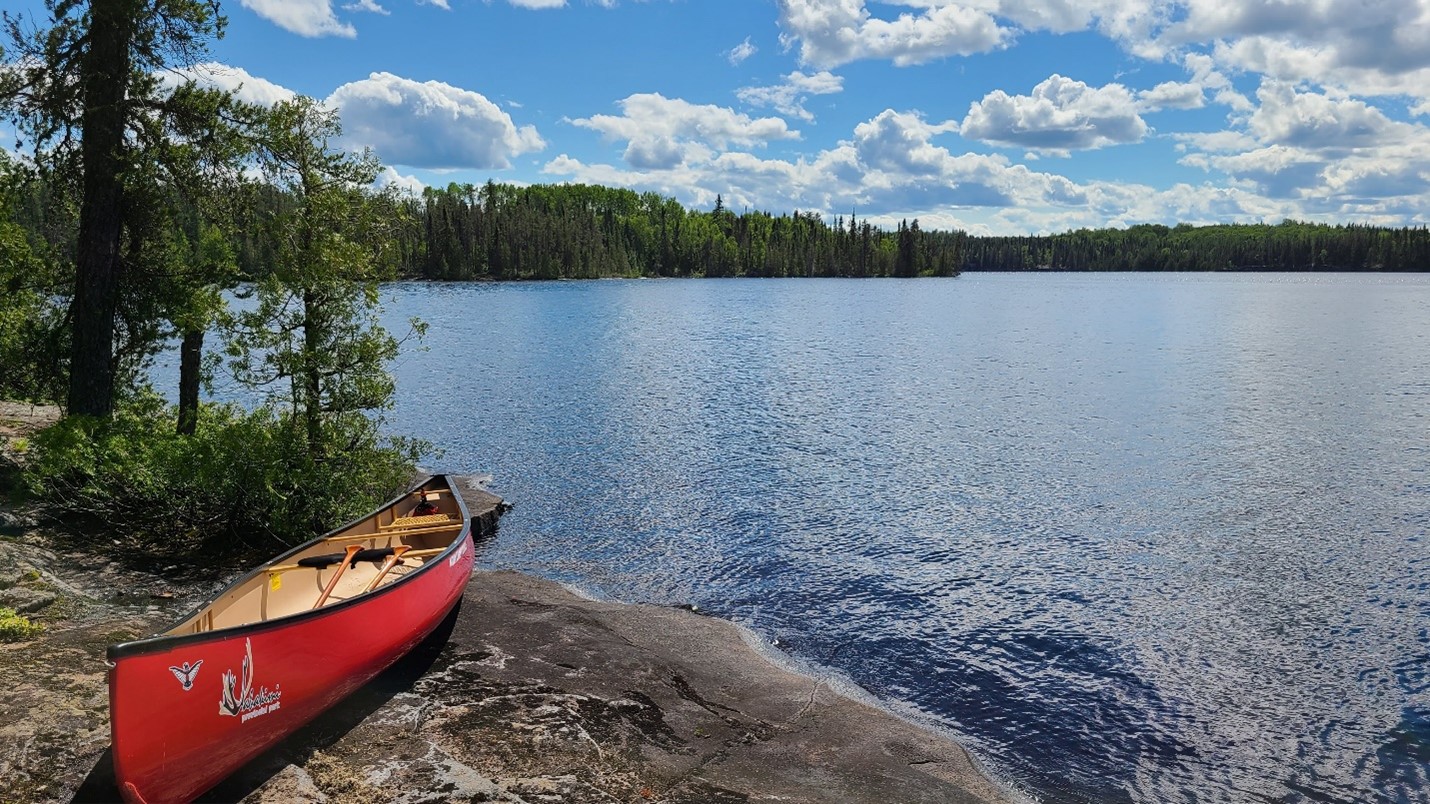
You’re in store for an adventure of a lifetime when visiting Wabakimi Provincial Park during the late summer/early fall.
Prepare for a secluded trip filled with fall colours, cool nights, wildlife in seasonal transition, and sights that include Bog Cranberries, fungi and Aurora Borealis.
Be mindful that travelling at this time may include inclement weather such as storms, frost and snow please prepare accordingly.
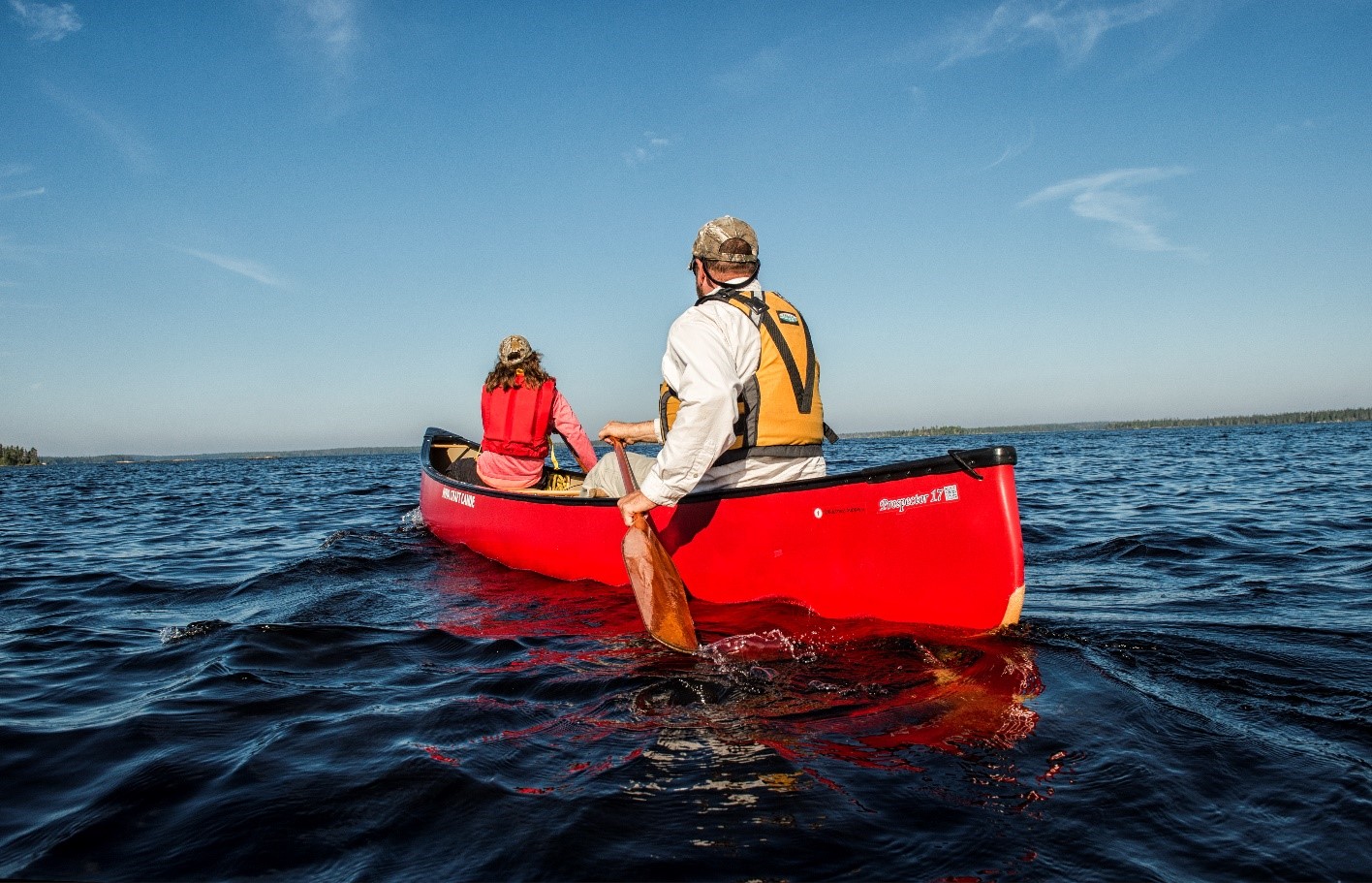
Ready to plan your trip? Visit Ontario Parks online for further trip planning information on Wabakimi Provincial Park.
Wabakimi Provincial Park is located north of Armstrong Ontario, and a three hour drive from Thunder Bay.
